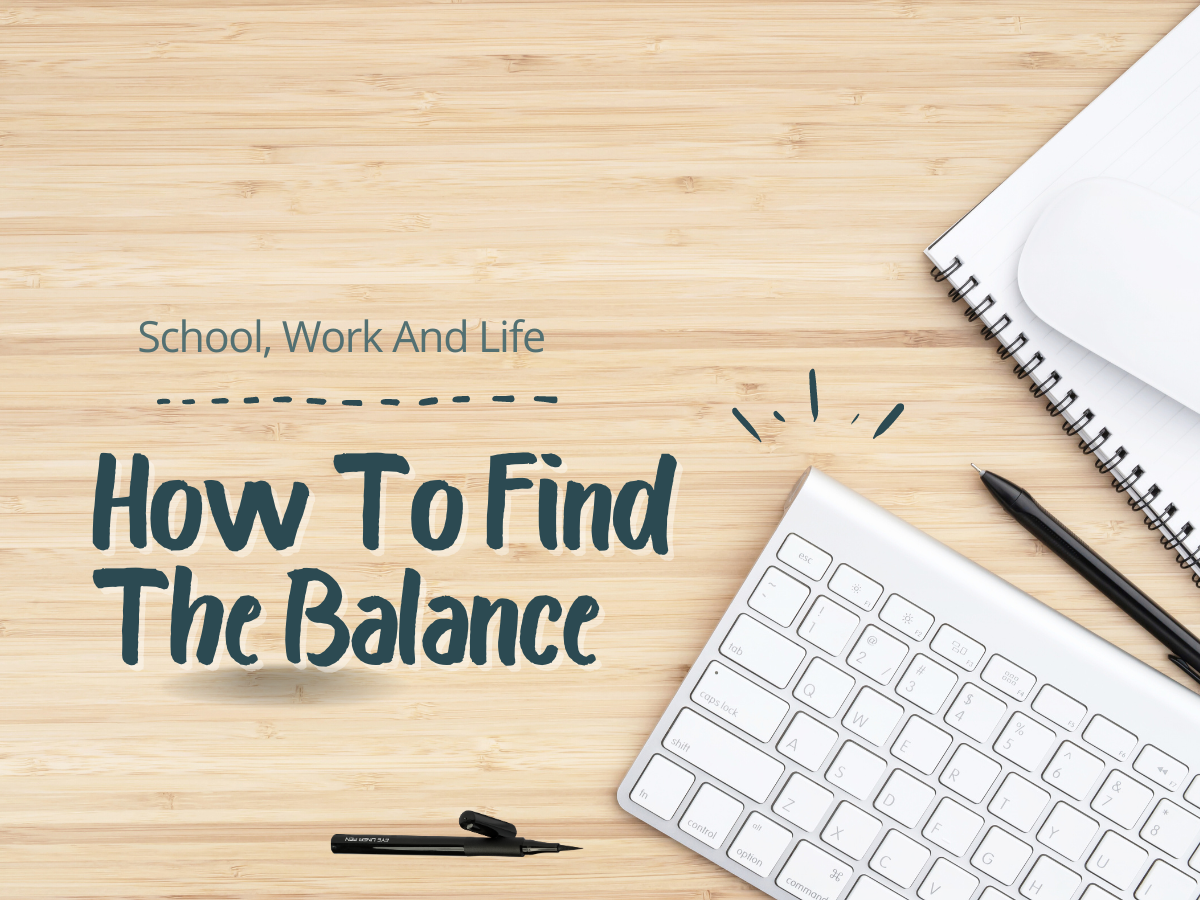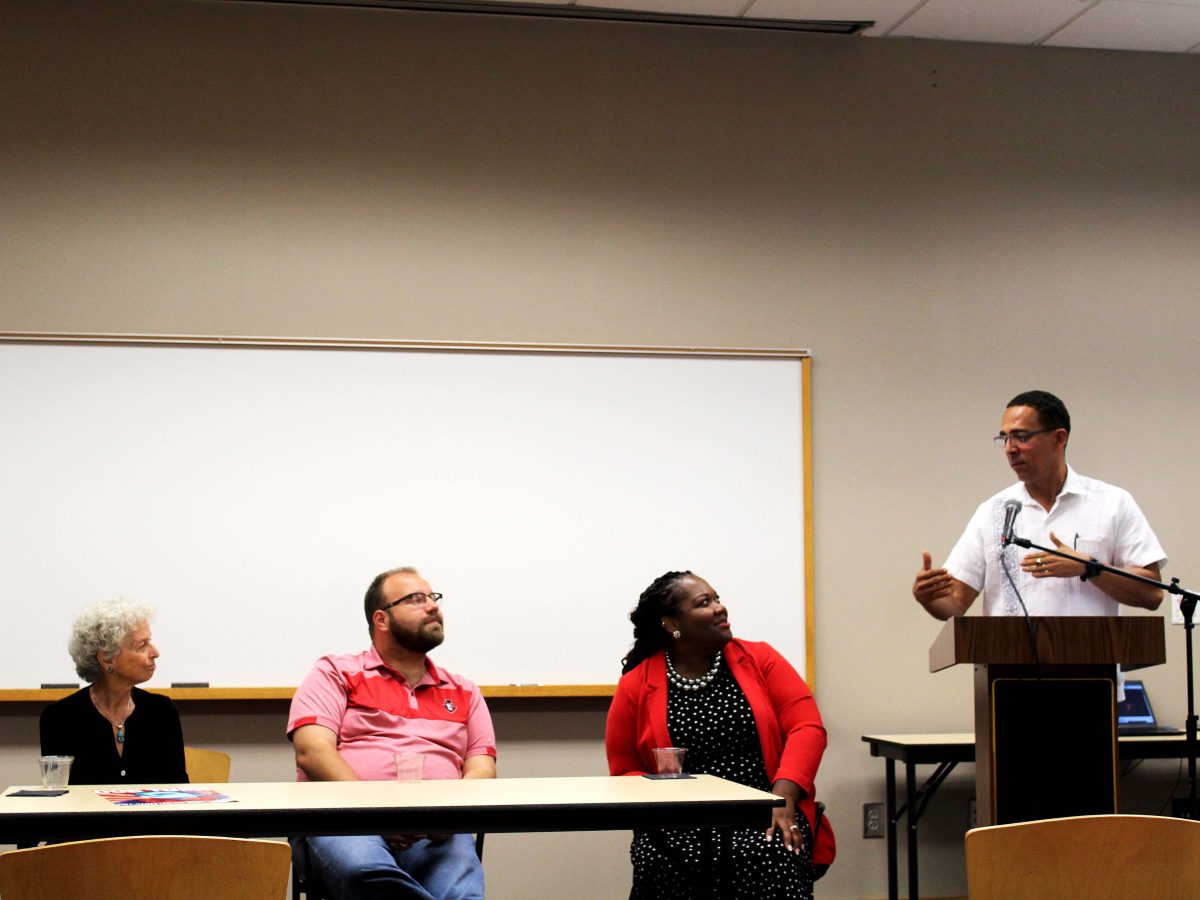 »Ronniesia Reed
»Ronniesia Reed
–Assistant Perspectives Editor
The battle for fair treatment in the workplace has been a long one for women. When it comes to jobs, women sometimes get the short end of the stick.
From being judged and stereotyped to earning less money and rewards, in some cases.
It just isn’t fair.
“Women can’t do it alone,” author Lynn Povich told the LA Times.
“There have to be structural changes in organizations as well as societal changes. Women still do most of the child-rearing and elder care in our culture. Without mentoring, flexible hours and affordable day care, they will remain at a disadvantage.”
We are not living in the old days, where the man brings home all of the money. Nowadays women want to be independent and make take care of themselves and their family.
The truth is, even in 2013, we still have a long way to go.
When thinking of the ratio of high-powered men to high-powered women, there is a significant difference.
According to the New York Times, “A survey of corporate gender gaps published last year by the World Economic Forum found that, among 600 large companies, managers most often cited a masculine or patriarchal corporate culture and lack of role models as among the biggest obstacles for would-be female leaders.”
Women need to see more people like themselves in high positions for encouragement. Confidence is key when it comes to getting higher positions for women.
If we do not believe in ourselves, no one else will either.
Instead of focusing on the negative side of being a woman, we should focus on the positive.
There are working women in high powered positions for the world to see.
First Lady Michelle Obama was a working mom herself when she was vice president for external affairs at the University of Chicago Medical Center.
Lily Ledbetter has been a huge inspiration to women’s rights in the workplace. The Fair Pay Act of 2009 was a 10-year gender pay discrimination case that won her $3 million. She is now a huge advocate for fair pay.
The more women become managers, CEO’s and bosses of a business or organization, the more hope there is for other females.
Not all things are bad for women in the workplace. As the years go by, the numbers are going up.
The Fortune 500, a ranking based off of the 500 largest corporations in the United States, showed the number of companies with female CEOs went from seven in 2003 up to 18 in 2012.
“There are women sitting just below the CEO position at these Fortune 500 companies and many of them are poised to lead Fortune 500 companies when there are openings and movement,” Stephanie Mehta, Fortune executive editor told The Huffington Post.
Eighteen out of 500 is still a very low number. Having a career and being a mother is very commendable, and it is becoming more and more popular as it is often necessary in these times.
Women should continue increasing the number of females in higher-level positions and demand fair treatment in the workplace.

 »Graphic by Christy Walker | Cartoonist
»Graphic by Christy Walker | Cartoonist
 »Phillip Swanson
»Phillip Swanson
–Staff Writer
The U.S. Census from 1900 shows that women made up around 20 percent of the workforce and earned around 30 percent of what males earned. In a study done by the National Committee of Pay Equity in 2011, statistics show that women make up around 46 percent of the workforce and earn about 77 cents for every dollar males bring in.
So, in the past 113 years, there has been a marked rise in pay equality. There still isn’t equal pay though, and that bothers me. If a woman can perform and is doing a job that a man can do, why should she be paid any less? If she has no marked differences from a man as far as the ability to do the job, then why is she not making as much money?
Pam Villareal, of the National Center for Policy Analysis, said “you might have a woman that works 35 hours, you might have a man doing the same job that works 50 hours, or he travels more in that job.”Working those extra hours shows a huge increase in pay. If you get paid time-and-a-half for any hours over 40 a week, up to 50 in this case, that means a 50 percent average increase in pay.
The only reason this explains that information is that women may end up taking that decrease in hours in order to be with their children.
The thing that bothers me is that they have to take a decrease in money. I know there would be a lot of people who might take advantage of it, but shouldn’t there be some sort of stipend given to women who are single and forced to work to take care of their children? This might actually raise the standard of living and income for women suffering in this regard.
There is also a decrease in pay for women that are forced to go on maternity leave.
According to Kay Hymowitz of the Manhattan Institute, “there’s no question that there is what some scholars call a ‘motherhood penalty.’” The “motherhood penalty” is described as having to take a decrease in pay for the time spent out of work during pregnancy or post pregnancy. Is that not wrong? Women are the only ones who can bear children, and by furthering our population they are forced to take a pay decrease.
So what is the real issue here? I have a feeling it’s a sense of intimidation. Since the dawn of the United States, men have virtually ruled the working class and upper echelons of society.
It was a given that a man would go to work, and bring home money from the day’s job. A woman was seen as a caretaker of the home and of the children. That was her job.
These days, that gap between men and women in the workforce has closed exponentially.
As a society, we are slowly coming to terms with equal rights.
However, some are seeing this as an invasion of tradition and rightful space and are holding on to the idea of keeping a distinction between men and women.
I believe, if given the opportunity to earn the same pay, there might actually be more income and cash flow throughout the economy. If the gap is closed completely, the United States might actually bring itself out of recession and even a useless habit.
»Faith Johnson
–Guest Writer
Empowering a child can be a tricky thing. As a mom we want our children to be strong and assured of who they are, but we do not want them to make mistakes or to face problems that we may have had to deal with when we were growing up.
While raising three daughters, my husband and I have walked a tightrope, per se, to teach our girls to be strong and persistent without being bullheaded and careless. Our priority is that our daughters are strong as individuals.
Part of making sure that our daughters are strong is making sure they know who they are in God. Our faith is very much a part of who we are and a large part in how we have taught our daughters that we are all equal. Each and every one of us, black, white, yellow, red, brown, male, female, what have you, is equal. Part of being equal means that they should not ever allow anybody to disrespect them.
Our girls hold on to stories of Jesus talking to Mary and Martha freely along with the other disciples, as well as Queen Esther, who saved the Jewish people by having the courage to speak up.
Being honest and upfront with our girls allows us to use everyday examples with them as they grow and mature. As life events occur we teach them how to handle it so they know what they should expect and how they, as young women, should be treated.
One television show our daughters enjoy watching that puts women on an equal footing with men and allows them to share the spotlight with the main character is “Doctor Who”. The show is on BBC and shows equality better than any others I have seen, whether it is Donna Noble giving the tenth doctor the what for, River Song confusing everybody, or Sarah Jane, who went on to be in her own show. All three women are good examples of strong, independent women that oftentimes upstage the men in the story line.
“Doctor Who” is not the first television show to have a positive girl-power message for my daughters. When they were younger, they loved to watch “Sailor Moon,” which features female action heroes. There were five main characters with five very different personalities and different interests that became friends simply because they were teamed up to fight evil.
In using the show when they were younger, we were able to point out the traits that were good in the characters. My oldest daughter loved Sailor Venus, who was all about performing, and who also happened to be the top crime fighter in London. The middle daughter loved Sailor Mercury, who was shy, timid and a genius. Then the youngest was obsessed with Sailor MiniMoon/ChibiUsa, who was simply determined to do what she set her mind to do.
Each of the characters that the girls related to had a characteristic that they themselves had while also showing independence.
It helps to have examples that kids can relate to while they come up and are molded into their best. There are women that my girls have learned about who show them they can be anything they want to be, regardless of whether that job is a stay-at-home mom, a career woman or even president of the United States.






